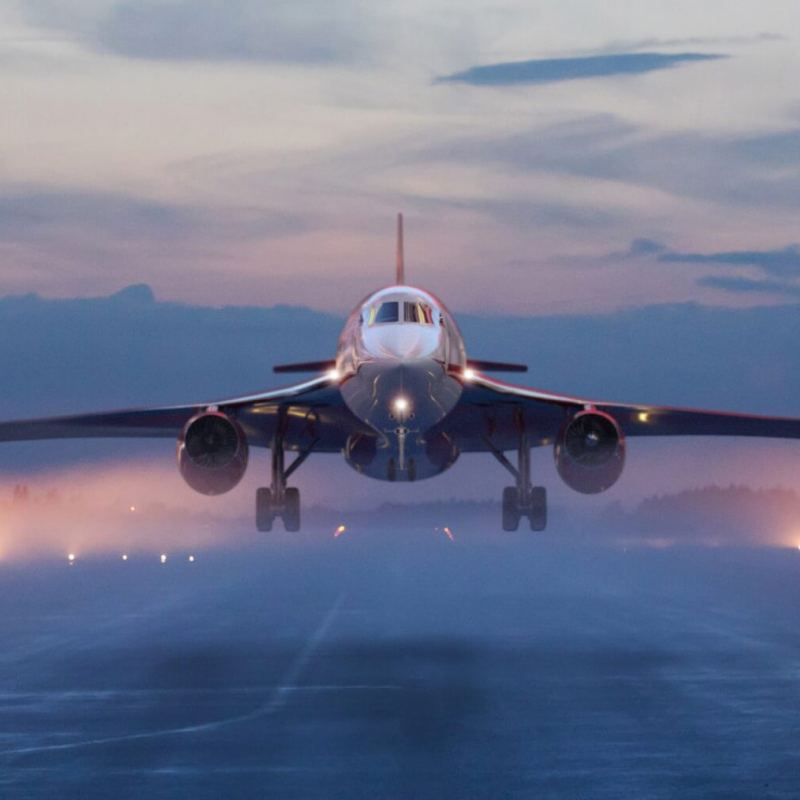
Supersonic travel is gaining the momentum
Not so long ago, one era of commercial supersonic flying ended infamously. Although it may have seemed that traveling at a speed greater than air will remain only a memory of the past, the course of events suggests the exact opposite.
Overcoming speed and shortening time has always been the desire of humanity. It is no different today. Almost two decades after the end of one supersonic era, there is hope for its continuation, right in several projects which demonstrate real demand for supersonic travel.
Just recently, the company called Boom Supersonic rolled out its first civilian supersonic aircraft since 1968 – the XB-1 test plane.
Even NASA is not so idle – their unusual prototype X-59 is planning to be the leader in supersonic flight overland, which means it´s purposed to eliminate the supersonic boom and therefore increase the noise efficiency.
A notable player is also Aerion, with their AS2 design, aimed to carry 8-10 passengers and targeting entirely new market – supersonic business travel. They plan to offer flights by the end of the decade.
As everyone can notice, a lot is going on in this exciting part of aviation. But in addition to the pleasant parts associated with the introduction of new aircraft and grand plans, there are also a significant number of problems that manufacturers will have to deal with. First of all, technical, design, operational, but also regulatory and legal issues, in which there is already a growing debate and gaining momentum.


